Upper and Lower Blepharoplasty: A Solution for Aging Eyes
The eyes are often called the windows to the soul, but with time, they can also become visible signs of aging. Sagging eyelids, under-eye bags, and fine lines can make you look tired, sad, and even older than your years, making you feel less confident. But thankfully, treatment options are there.
Enter upper and lower blepharoplasty surgery, a transformative procedure that has become increasingly popular for rejuvenating aging eyes and restoring youthful appearance. Let’s understand how upper and lower blepharoplasty can help you to address the signs of agening.
Upper Blepharoplasty
As we age, the skin loses its elasticity, leading to saggy skin and creating a tired or hooded appearance. In that case, upper blepharoplasty helps to remove the excess skin and tighten the remaining skin to achieve a more youthful and refreshed look. In some cases, sagging eyelids can obstruct vision. Blepharoplasty can remove this obstruction, improving clarity and field of vision. Upper eyelid surgery can also address puffiness and fine lines around the eyes, contributing to a smoother and more refreshed look.
The procedure is typically performed under local anesthesia. After putting you under anesthesia, your surgeon will make an incision along the natural crease of the upper eyelid to remove excess skin and fat. After performing the required modification, the incision is closed with fine stitches, usually removed after five to seven days.
Immediately after the procedure, you can experience some bruising and swelling around the eyes, which is normal. Your surgeon will prescribe some pain medication to manage discomfort and provide specific instructions for wound care. Most people can return to work and normal activities within a week after upper blepharoplasty surgery. However, you should take rest and avoid strenuous activities to avoid complications.
Once the swelling and business subsides, you can experience a more open and youthful appearance. Many people find that improved appearance around the eyes leads to increased confidence and self-esteem.
While upper blepharoplasty is safe and effective, as with any surgery, some risks and complications are associated. These include bleeding, infection, scarring, and dry eyes. In rare cases, the surgery can also cause damage to the muscles that control the eye, leading to drooping eyelids. However, choosing a board-certified plastic surgeon and following the proper surgeon’s instructions after eyelid surgery, like quitting smoking, staying hydrated, taking prescribed medicines, and attending all the follow-up appointments, can help you eliminate these risks.
Candidates for upper blepharoplasty include individuals experiencing significant drooping of the upper eyelids, which may impact their vision and cause discomfort. Additionally, those seeking a cosmetic enhancement to rejuvenate their overall facial appearance often opt for this procedure.
Lower Blepharoplasty
Aging can cause wrinkles, puffiness, and sagging around lower eyes. These changes can make you look tired, older, and even sad. Lower blepharoplasty surgery can help address these signs of aging and create a more youthful and refreshed appearance. Fine lines and wrinkles can form around the eyes due to sun exposure, muscle movement, and loss of collagen. Lower blepharoplasty can tighten the skin around the eyes, reducing the appearance of these wrinkles and lines. Feeling good about your appearance can significantly impact your confidence and self-esteem. Lower blepharoplasty can help you feel more confident and outgoing by addressing your concerns about your aging eyes.
The procedure is performed under general or local anesthesia, depending on your needs and preferences. There are two main approaches: transconjunctival and transcutaneous. In transconjunctival eyelid surgery, your surgeon will make the Incisions inside the lower eyelid, making them less visible. This procedure is suitable for minimal skin laxity and prominent fat pads. On the other hand, transcutaneous incisions are made along the lashline, allowing excess skin removal. It is ideal for patients with both skin and fat concerns. After removing the excess skin and tightening the remaining skin, your surgeon will close the incisions.
Immediately after the procedure, you can experience swelling, bruising, and discomfort, which gradually subsides within one to two weeks. Your surgeon will prescribe pain medications, cold compression, or eye drops to manage swelling and dryness.
Most stitches are removed within a week after blepharoplasty surgery. Once the stitches are removed, you can achieve a smoother and contoured look. Usually, the full recovery takes around 1-2 weeks, but individual results may vary.
Lower blepharoplasty is one of the safest ways to remove puffiness, bags, wrinkles, or sagging skin and get a rested and youthful appearance. However, like any other surgical procedure, lower blepharoplasty carries some complications and risks like infection, bleeding, dry eyes, scarring, changes in eyelid sensation and even unsatisfactory results. Therefore, you should have a thorough consultation with a board-certified plastic surgeon to discuss your medical history, goals, and expectations from the procedure. You should also follow your surgeon’s instructions, including taking prescribed medications, practicing proper wound care, avoiding strenuous activities for at least two weeks, and making lifestyle adjustments like quitting smoking and attending follow-up appointments for a quick and smooth recovery.
Candidates for lower eyelid surgery must be in overall good health, have good skin elasticity, puffiness, wrinkles, or sagging under the eyes that affect their confidence and have realistic expectations from the procedure.
Combining Upper and Lower Blepharoplasty
While both upper and lower blepharoplasty can be performed independently, many people combine these procedures to rejuvenate the entire eye region comprehensively. This approach ensures a harmonious and balanced result, addressing the upper and lower aspects of the eyes to create a more youthful and alert expression.
Combining upper and lower eyelid surgery results in a more complete change, successfully treating aging issues such as hooded upper eyelids, under-eye bags, and fine wrinkles. The combined procedure is frequently modified to each patient’s particular needs, resulting in a customized plan that helps to achieve the best outcomes. Combining the procedure also helps to reduce overall recovery time.
However, consulting a board-certified plastic surgeon can help determine which approach suits you.
Take Action!
Upper and lower blepharoplasty are transformative solutions for aging eyes, offering a more youthful and refreshed appearance. Whether performed individually or in combination, these procedures can enhance the overall harmony of the face and restore a vibrant look.
Are you ready to transform your appearance with blepharoplasty surgery? Book your consultation with Dr Lokesh Handa, a board-certified plastic surgeon in Delhi and get a more youthful look.

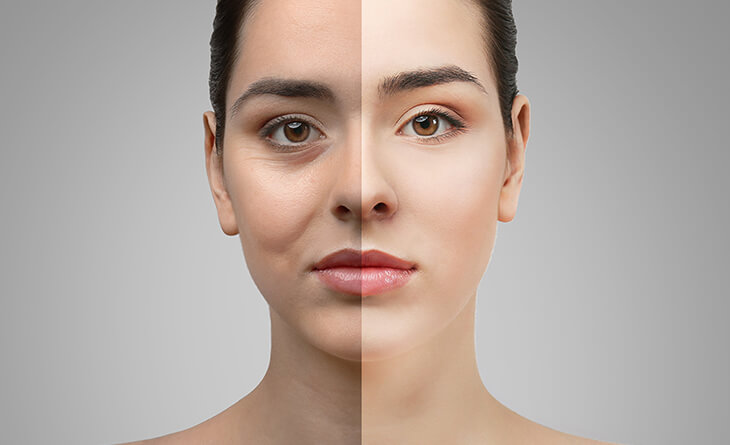
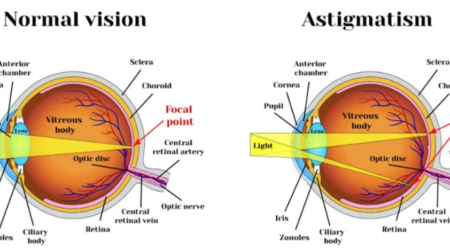

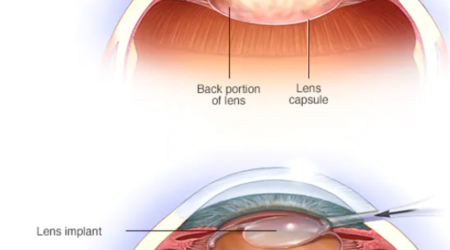
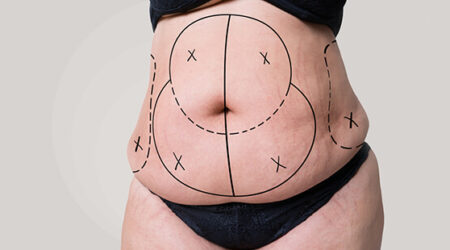

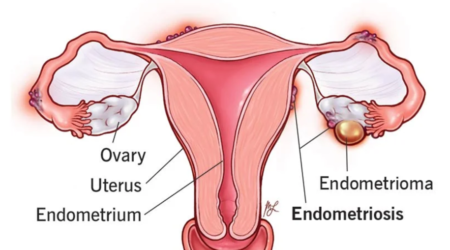

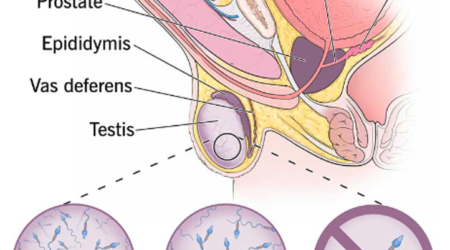


Leave a Reply